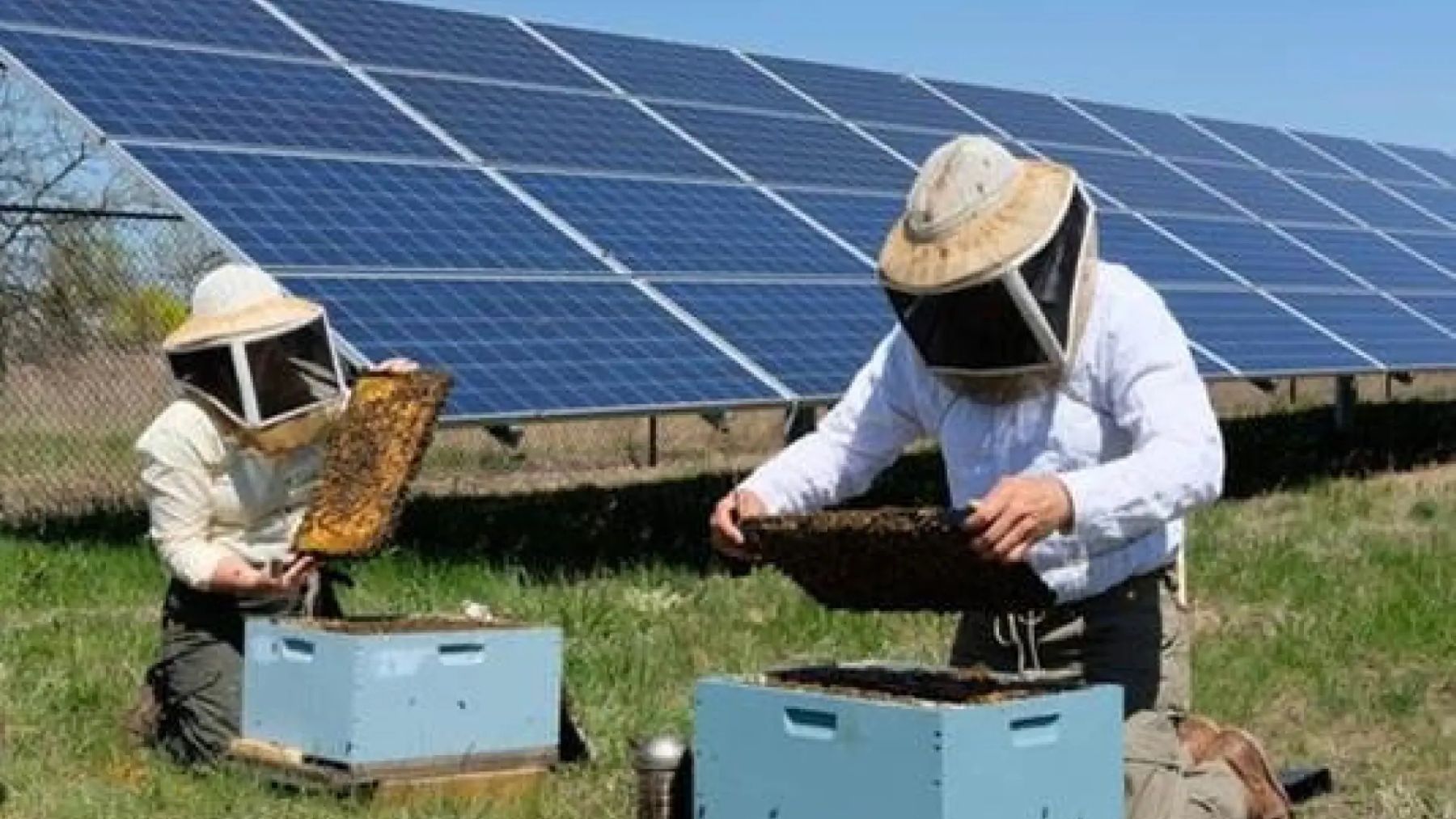They discover that A solar energy panel is able to extend its lifespan bees. Manufacturing and renewable energy are flourishing. If the latest solar panel announced by China was surprising, you can’t miss the next step. Since the invention of photovoltaic technology in 1800, the company has made significant progress, with a notable decrease in installation and maintenance costs. Although their main function is to convert solar energy into electricity, solar panels offer other benefits that experts have already highlighted.
In addition to creating energy and providing shade, they protect crops, reduce water evaporation and have an impact on biodiversity. Given the current context of energy transition, solar panels have become a crucial renewable energy technology. They can help reduce greenhouse gas emissions that cause climate change. By providing solar energy, they are a suitable instrument to replace the use of fossil fuels.
It is a clean and renewable energy source and provides an optimal solution to the energy challenges that humanity faces. Moreover, they provide new employment and economic growth.

What no one tells you about the solar panel: it extends the lifespan of bees
Solar panels are the new paradise bees. They have been shown to save insects Minnesota. A study has revealed how agrivoltaic projects will happen in the future Minnesota have tripled insect abundance in five years. He revealed the shocking effects of this combination of technology and nature and how this fusion delivers important environmental benefits.
A study of Argonne National Laboratorycarried out in two large photovoltaic installations in the south of Minnesotashowed that agrophotovoltaic projects generate clean energy and also promote the spread of pollinating insects. The beesessential for crop pollination and biodiversity in general have been affected by the intensive use of pesticides and the conversion of land to agriculture.

The results of the analysis show that mixing solar panels with agricultural land has created pesticide-free habitats that benefit both crops and pollinating insects. These types of projects, known as agrophotovoltaics, seek to maximize land use by creating optimal synergy between agriculture and solar energy.
The study found that over a five-year period, agrophotovoltaic projects tripled the total number of insects on the land where the panels were installed. Next to beesAn increase was also seen in the diversity of butterflies, beetles and other insects suitable for crops. This diversity is beneficial not only for ecosystem health, but also for agricultural productivity, which is boosted by increased pollination and pest control.
Thanks to this solar panel, the lifespan of bees is extended: a new era for renewable energy begins
These findings lead to two scenarios. The first is that projects with these characteristics can be crucial for the conservation of biodiversity and the second is that they can contribute to resolving land use conflicts, demonstrating that solar energy and agriculture can coexist and can benefit each other.
In addition to protecting biodiversity, the PV projects also had a positive impact on adjacent agricultural fields. The shade created by the solar panels is good for insects and has also encouraged the growth of native plant species and flowers, attracting more pollinators and positively impacting neighboring crops.
The results of this study provide a new perspective on photovoltaic technology and its potential to solve environmental problems such as pollinator decline. Ultimately, the solar energy panel adds a new benefit: extending the life of the bees. News that even the Holy Grail of Oxford University energy has not been able to surpass.

